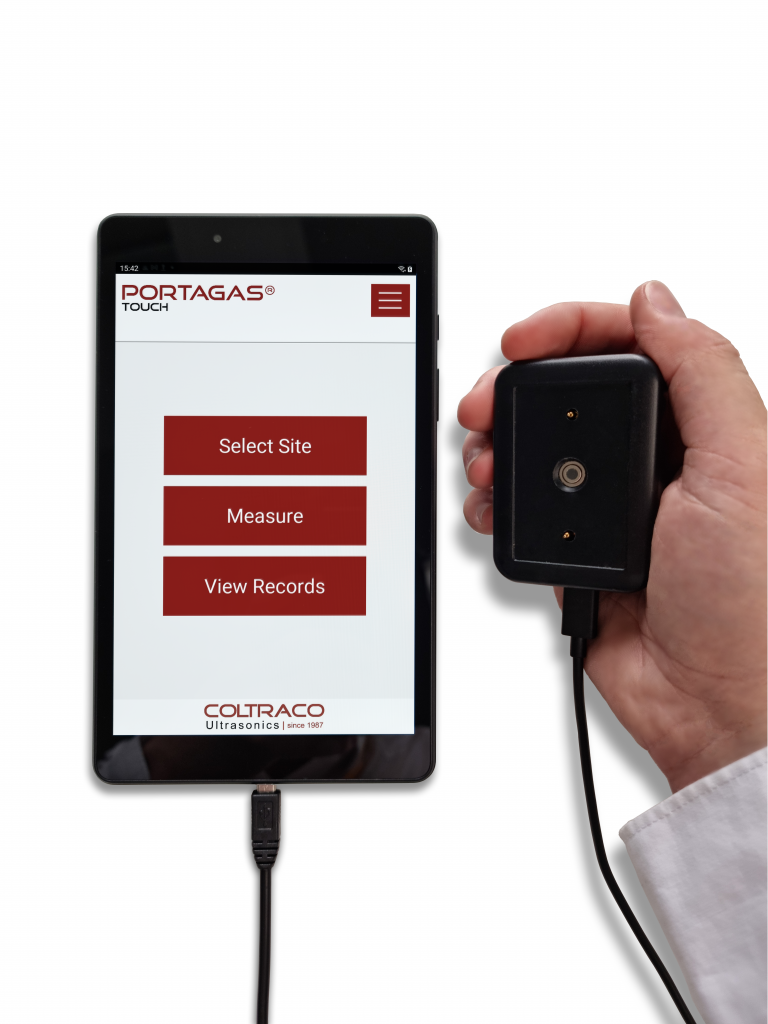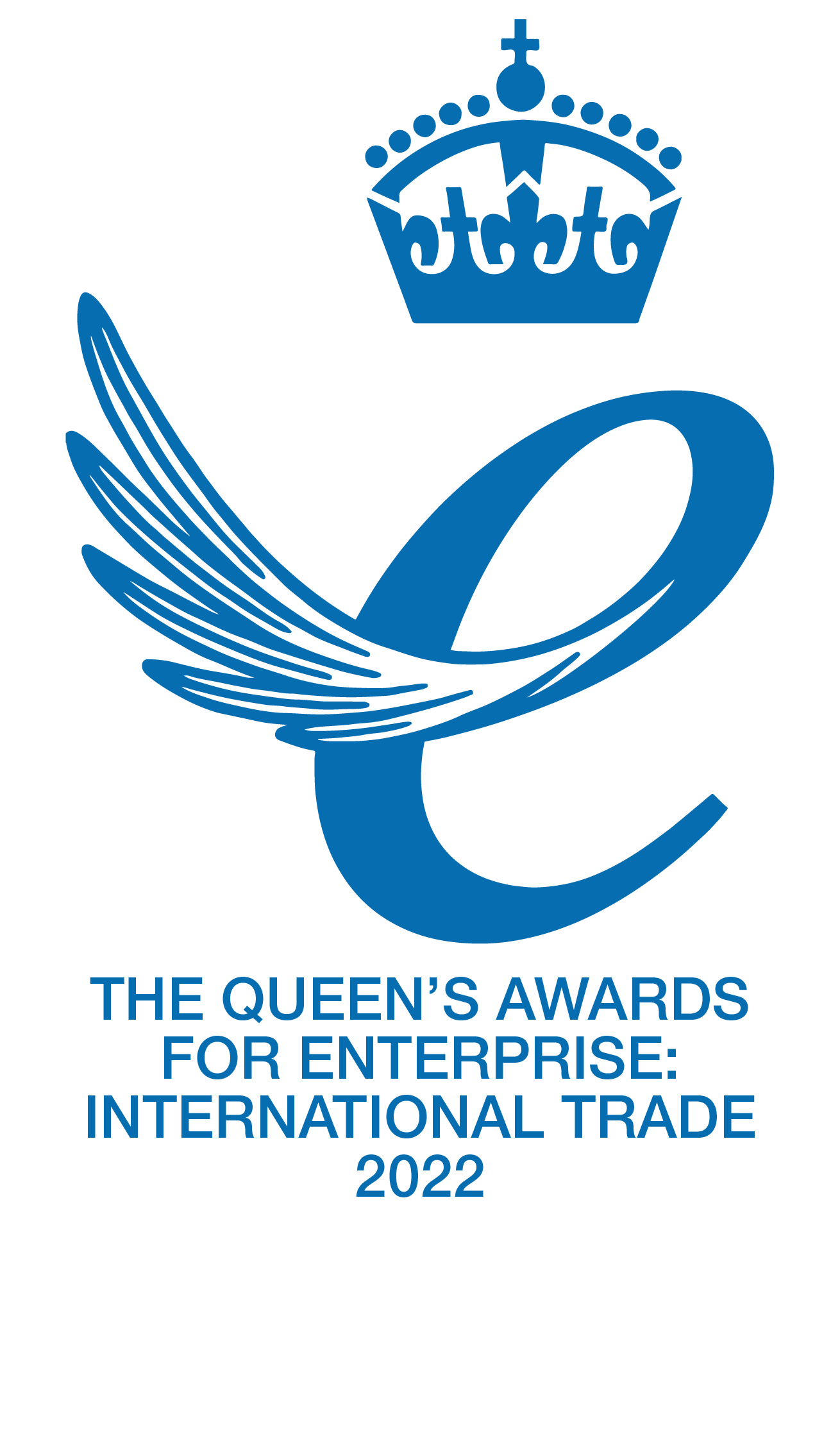1. Can the Portagas® measure any kinds of gases?
Portagas® is an acoustic technology, it can be used for any non-liquified gaseous agent. Gases can easily be added to the database.
2. Does the Portagas® show pressure or weight?
Portagas® shows whether the cylinder pressure is “okay” or not, but also shows a percentage change in either pressure or mass (this can be changed in the settings). These percentages are based on the assumption that a cylinder is full when it is added and calibrated. Therefore, agent mass can be calculated very simply, for instance, if a full cylinder contains 10kg of agent and the Portagas® reports a mass loss of 5%, then this means 95% (0.95) of the agent mass remains, so the current mass would be 10kg x 0.95 = 9.5kg.
For the continous monitoring of agent mass, however, we also offer the PermaMass®FEATHERWEIGHT, a weight-based system which can detect minor changes in agent mass and connect to a fire panel to trigger an alarm if a cylinder has lost contents. The mass change measured by the PermaMass® is also converted into an equivalent pressure change, at the fill temperature.


3. What is the benefit of the Portagas® over a pressure gauge?
Most non-liquefied, gaseous agents will indeed have a pressure gauge on the cylinder. Portagas® has a number of benefits when compared with the pressure gauges one would find on these cylinders:
- These pressure gauges are usually low-cost and therefore can be prone to some errors, such as a needle “sticking” so the true pressure is not reflected, or vibrations making readings challenging. Portagas® does not suffer from these issues.
- Pressure is affected by temperature, so the reading on the pressure gauge must be manually adjusted for changing temperature, whereas Portagas® accounts for this automatically during a measurement.
- Portagas® offers far better precision in detection of pressure loss than a standard pressure gauge, comfortably exceeding the 5% stated in regulations such as ISO 14520 and NFPA 2001
Portagas® automatically keeps records of all of your tests, which can be exported via email or USB stick as a CSV file or a PDF report.






